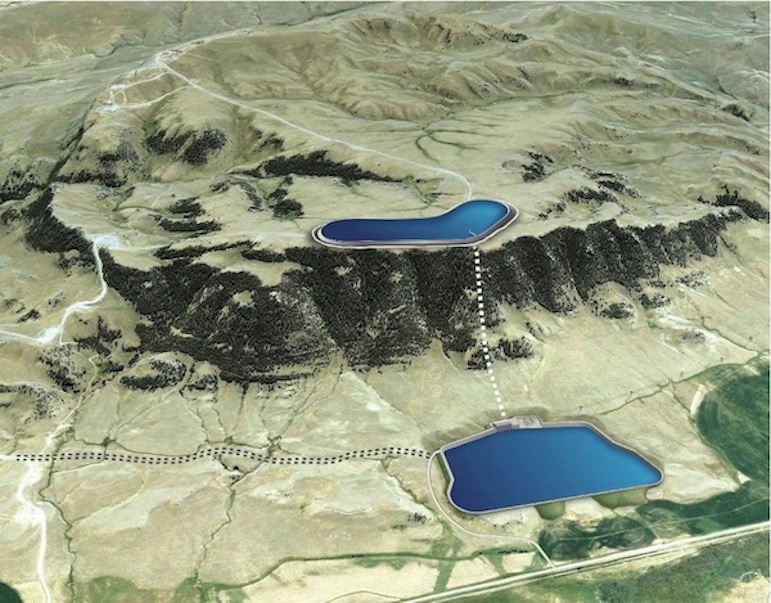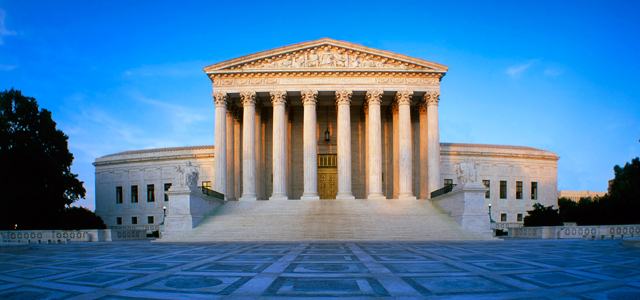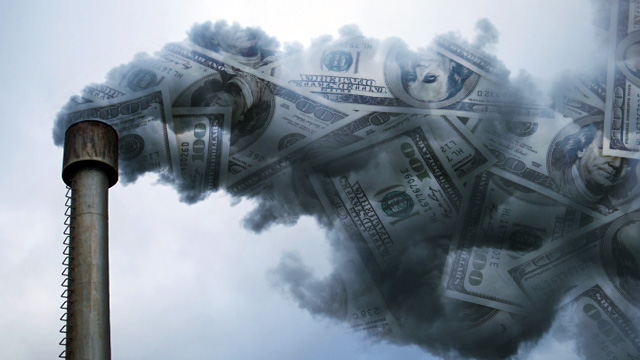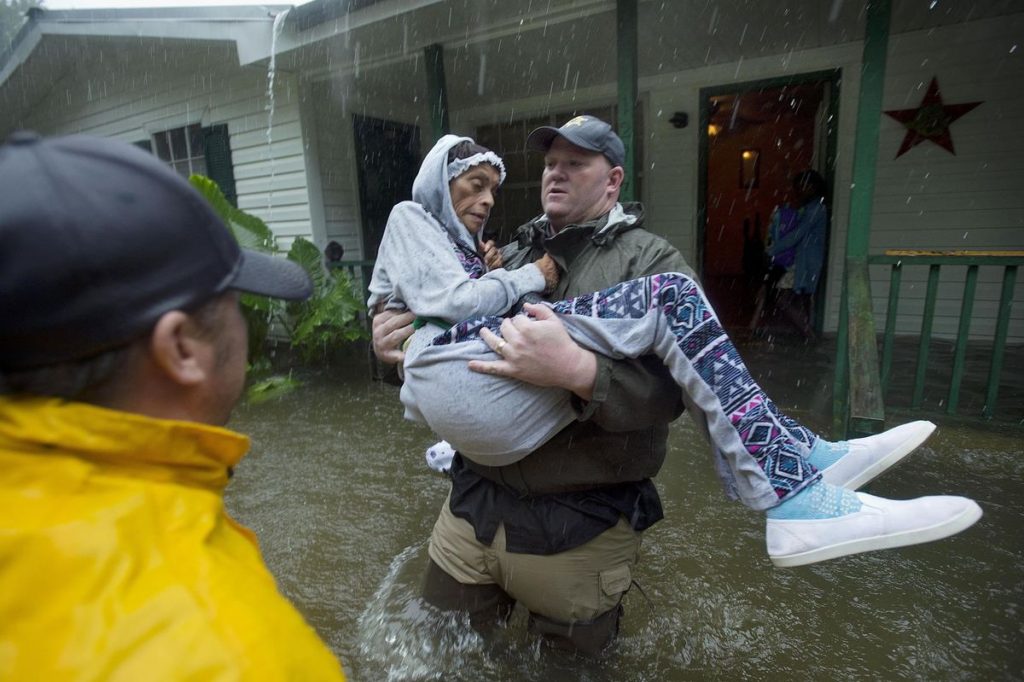Let’s Talk About Electrical Storage and the Grid
 The American Electric Grid, Storage and Renewables
The American Electric Grid, Storage and Renewables
Let’s talk about something fun: storage, specifically electrical storage. I know what you’re thinking, “storage…bleh,” but we promise: it’s actually pretty cool! When most of us think of electrical storage we think of back up batteries for our homes; we want to know, are there back up batteries that will allow us to fully utilize all the power our PV solar arrays create? Additionally, we may wonder if there are back-up battery systems that we could install that will give us power from our solar arrays even in the midst of a power outage? Well, we’re going to talk a little bit about those micro battery systems in this article, but the bulk of our conversation will revolve around the electrical grid, large scale macro electrical storage and how they both relate to renewables.
The Over Arching Problems Plaguing Our Electric Grid
Back in August 2016, interviewer Terry Gross featured author and cultural anthropologist Gretchen Bakke and her new book, “The Grid: The Fraying Wires Between Americans and Our Energy Future” on her radio show Fresh Air. In that show, we were given a brief synopsis of the problems that our dated electric delivery infrastructure faces as we moved into the 21st century and its attendant focuses on energy conservation, renewables and climate change.
When electricity first became commercially available in the US, the relationship between supplier and user was simple; the supplier would generate more or less energy as needed to supply the demand on the other end. In other words, the supplier had complete control over the fuel source and the generation of electricity itself. This created a linear relationship between supplier and user: electricity only flowed one way. Electricity only flowed into homes and business, it never flowed out of homes and businesses. As the grid continued to mature, America’s thirst for energy continued to grow and utility companies grew comfortable with a business model that was built on seemingly endless growth. Enter the energy crisis of the 1970’s and the environmental consciousness engendered by the 1960’s. A new spirit of conservation presented a conundrum to utility companies: for the first time in their existence they saw a decrease in demand and a loss in profitability. This lead to utility companies cutting their costs: especially in maintaining the infrastructure of the grid.
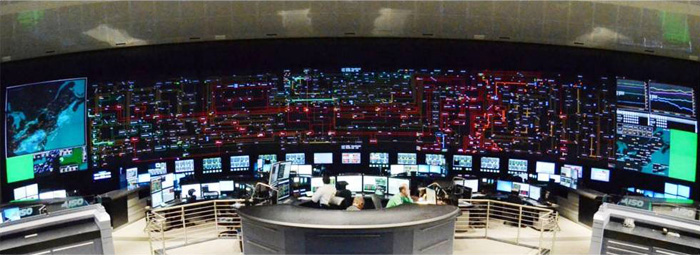
Furthermore, deregulation and renewables have presented another problem to our already fragile grid; they provide a fluctuating flow of electricity as opposed to a steady and linear flow of electricity. This means that if there is a surge of electricity coming into the grid from heavy breezes hitting wind farms, it becomes necessary to either ask industries to start using more power or to cut off the flow of incoming electricity from hitting the grid all together. Why? If there is too much unused incoming power it will fry the wires. Wild. On the other hand, during times when wind farms and solar are generating plenty of electricity to sufficiently supply demand, a problem occurs if the wind dies down or if clouds pass by overhead. In that instance utilities must scramble to supply the demand when generation from the renewables is lost. This has created an ironic situation in which utilities must fire up antiquated coal-burning power plants to meet the demand. These older fossil fuel plants are called “peakers,” and what we’ve seen in countries like Germany and the United States where renewables have made significant inroads is that when the need arises to suddenly produce more power utilities must fire up peakers to meet demand. This has created a spike in greenhouse gas production and additional costs to utility companies that must keep these facilites and its workers on standby.
Deregulation has created a similar set of problems. By allowing other generators to set up shop and use the grid infrastructure maintained by the larger utilities to transmit their electricity, the large utility companies of yore struggle to keep up with the lopsided and irregular production and use of electricity. In large part, this is why American’s have seen such a dramatic increase in brown outs and blackouts in recent years. The utility companies who manage the actual delivery infrastructure struggle to stay profitable and have cut their maintenance budgets. The number one danger to the grid? Foliage. Often one of the first lines of service to have been sacrificed are the cutting crews who keep the lines safe by keeping trees at bay. While maintenance and crumbling infrastructure is a large problem that needs to be addressed, it won’t fully solve the conundrum presented by renewables.
Large Scale Storage Solutions
What’s the solution to all of this energy that is either getting lost or is left to clang around the grid? Large-scale electricity storage. Storing unused renewable energy when its not needed will help to mitigate the uneven flow of electricity that renewables feed the grid. While still in its infancy, there are many exciting experiments in large-scale storage that are taking place across the globe right now. Here is a sampling of some of the systems being explored and deployed the world over:
Gordon Butte Pumped Storage in Montana
Japanese Storage Testing Facility Adjacent to Mount Fuji
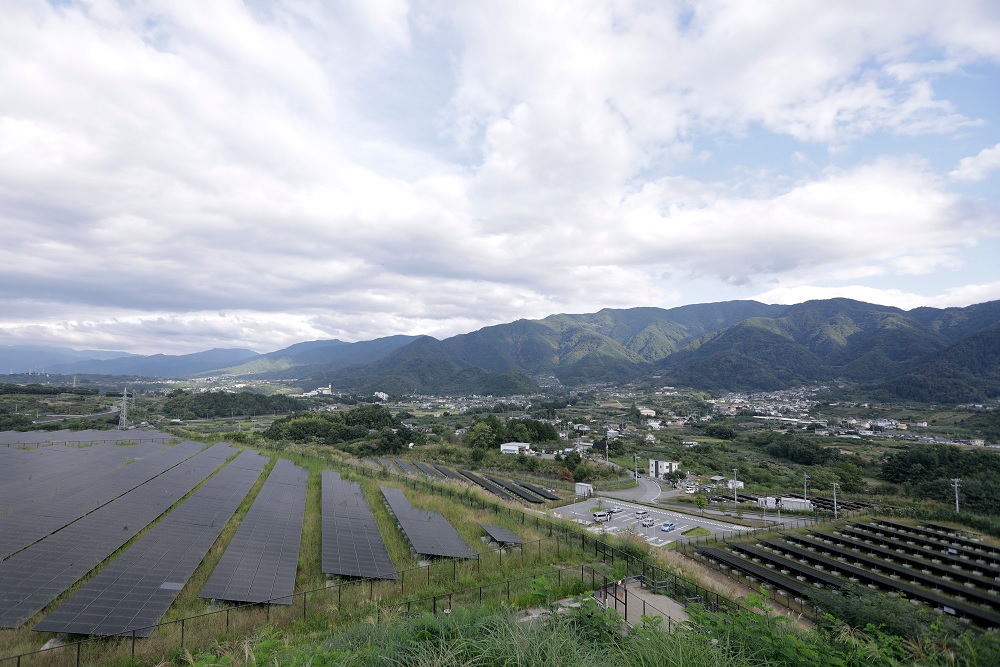
Hydroelectric Pumping Facility Using Abandoned Iron Mine in New York
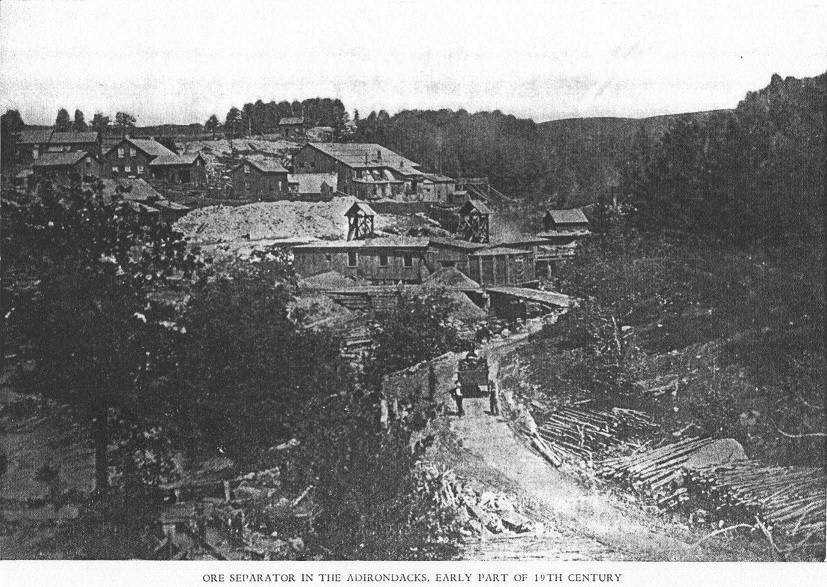
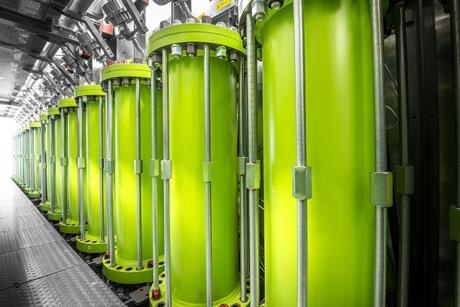
The Advent Of Affordable Small-Scale Storage in 2017?
As we usher in the New Year, here at Maryland Solar Solutions, we’re readying ourselves for the advent of the affordable and easily-integrated in-home storage options that will be available from Tesla and LG this coming year. They say they will be ready in 2017 maybe, but we take everything they say with a grain of salt! But, have no fear, when they’re ready we will let you know!
Battery storage is here!
Easily integrate a home battery storage system with your solar array! We offer options for small storage capacity as well as larger needs using LG batteries. Availability of equipment and pricing subject to change.

